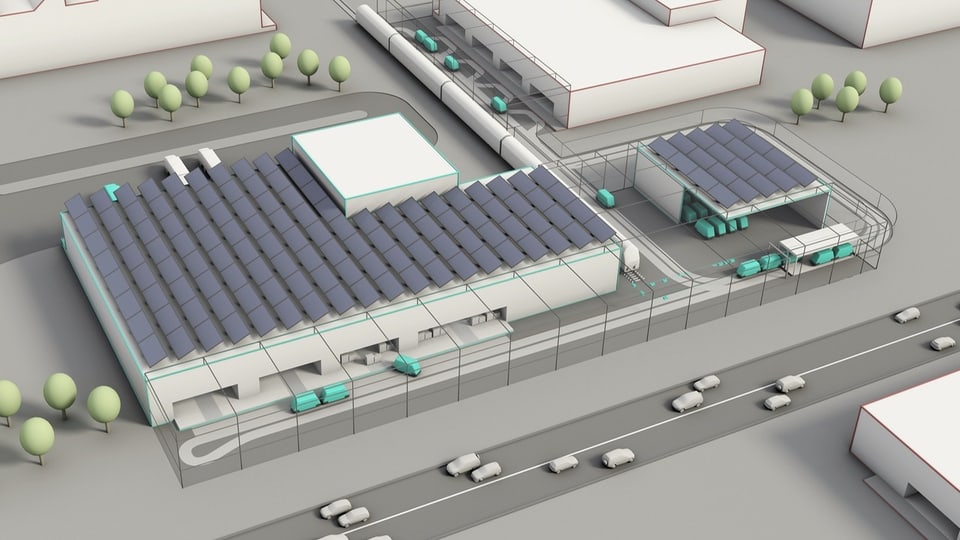Contents
Extending the freight railway into the Bern region and the Oberland is feasible. But there are stumbling blocks.
This is the project: It is intended to solve the traffic problems of the future and stem the flood of trucks: With Cargo Sous Terrain (CST), goods are to be transported across Switzerland at a depth of 20 to 40 meters using automated wagons. There are loading stations, so-called hubs, along the tunnel route. The first section is planned between Härkingen (SO) and Zurich and is scheduled to begin operations in 2031. The network is to be expanded to 500 kilometers by 2045 – between Lake Constance and Lake Geneva. And the goods will even travel underground to the Bernese Oberland.
Legend:
Cargo Sous Terrain will one day transport goods underground through Switzerland.
ZVG
These routes are conceivable in the canton of Bern: A study commissioned by the Canton of Bern has shown that extending the route from Cargo Sous Terrain to Bern, Thun and Biel is feasible. The demand potential is there. The canton said the geological conditions were difficult but manageable.
According to the Langenthal study, the route with the highest demand is via Solothurn to Lyssach and Bern – with a large transshipment point in Weyermannshaus. From there the route will continue via Lyss to Biel. On the other hand, continue south via Muri, Konolfingen to Thun. The first hub as a loading location is planned in the municipality of Niederbipp.
This is the situation in other regions: The Federal Office of Transport and the Federal Office for Spatial Development have now published the sectoral plan for the first section between Zurich and Härkingen (SO). This shows where the route should run and where the distribution centers – the so-called “hubs” – are planned. It is the first step in the approval process.
These are possible problems: CST is currently providing information about the project at information events in the affected communities between Härkingen and Zurich. The central issue is groundwater. It is inevitable that the logistics network will come into conflict with this somewhere. “The problem is not the tunnel routes themselves,” explains Klaus Juch, head of technology and construction at CST. These can be built deeper or less deep and thus bypass the groundwater. “The conflict exists where we have to go to the surface for the hubs.”

Legend:
This is what a distribution stroke of the CST looks like on the surface.
ZVG
This is what the project should bring: Federal estimates assume that freight transport in Switzerland will increase by over 30 percent by 2050. The Cargo Sous Terrain tunnel system is intended to relieve pressure on the above-ground transport network. Truck traffic in Switzerland should be reduced by around 20 percent. The transport will be powered 100 percent by electricity from renewable energies. The project aims to make a significant contribution to reducing CO₂ emissions.
This is how the financing should work: The Cargo Sous Terrain tunnel system costs 30-35 billion francs. The financing is provided by a stock corporation based in Olten (SO). Numerous companies in the transport, retail or energy sectors are involved in the implementation. The main investors include Mobiliar, Coop, Migros, Swiss Post and Swisscom.
